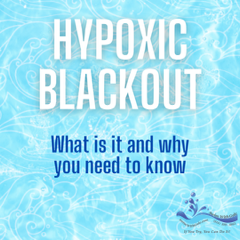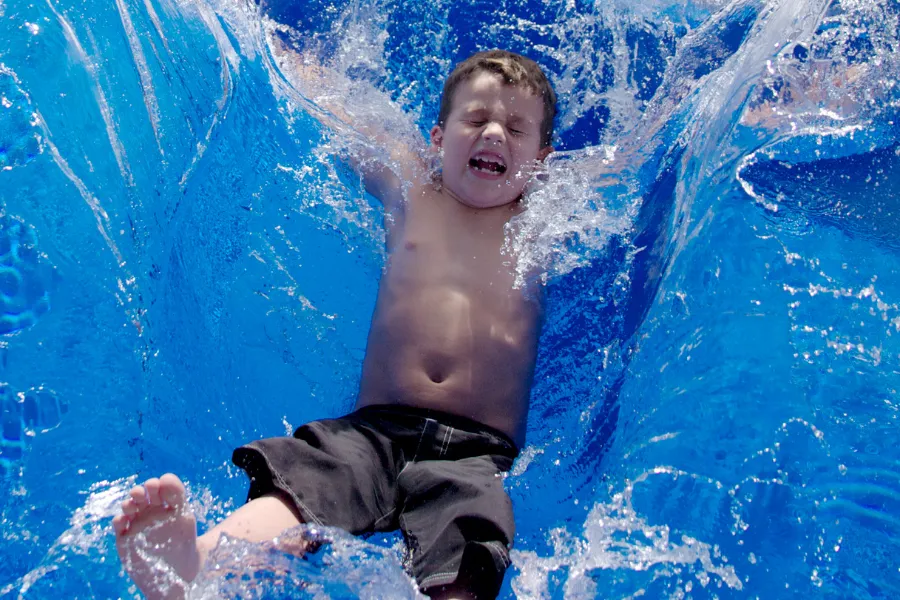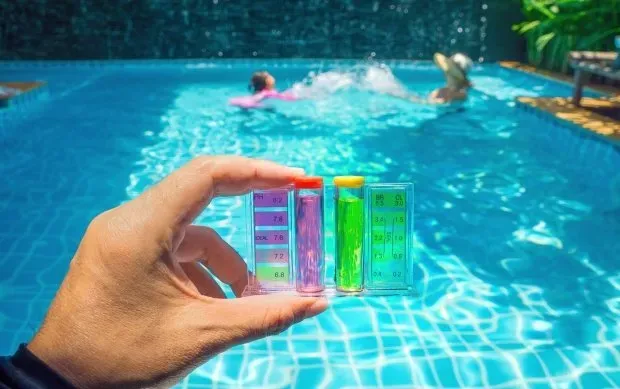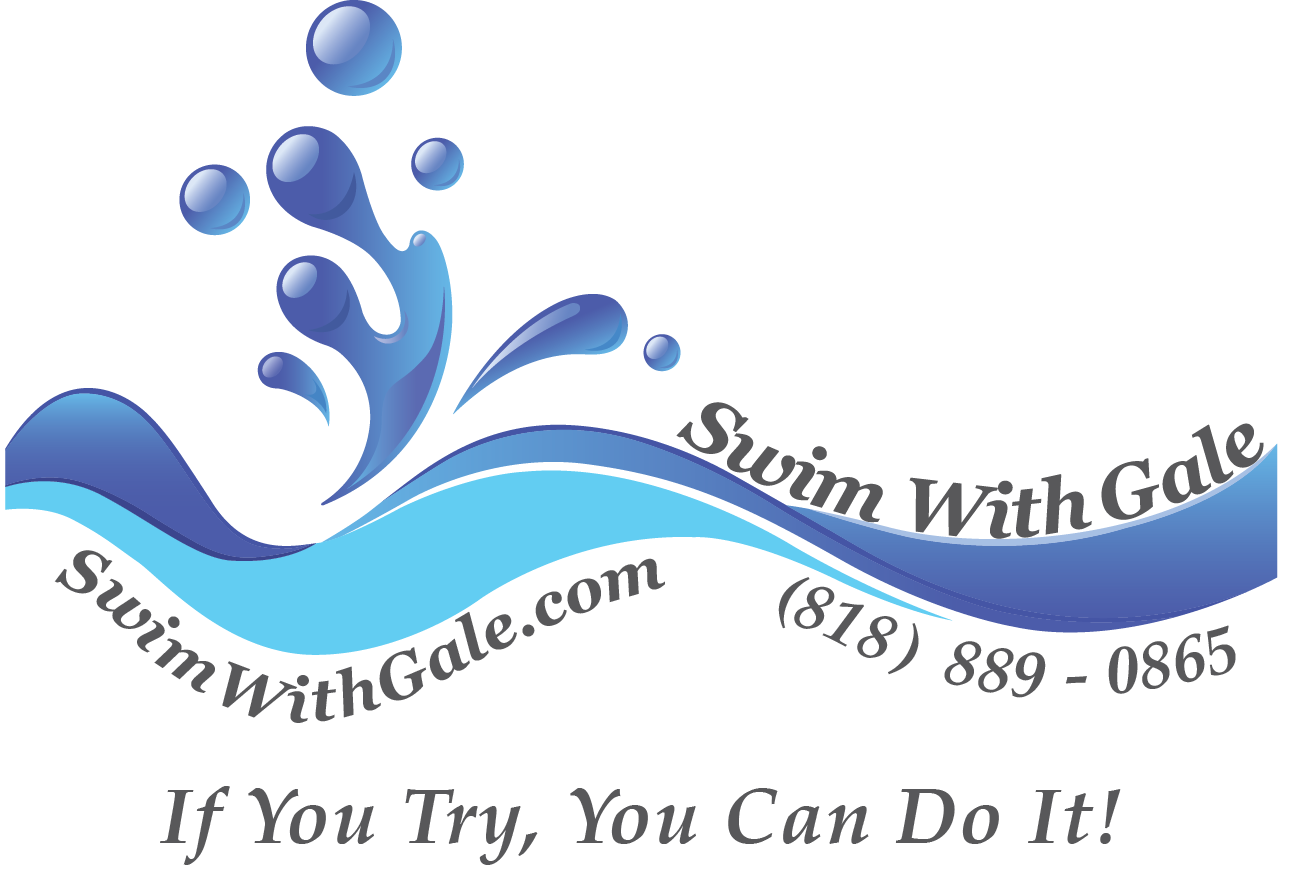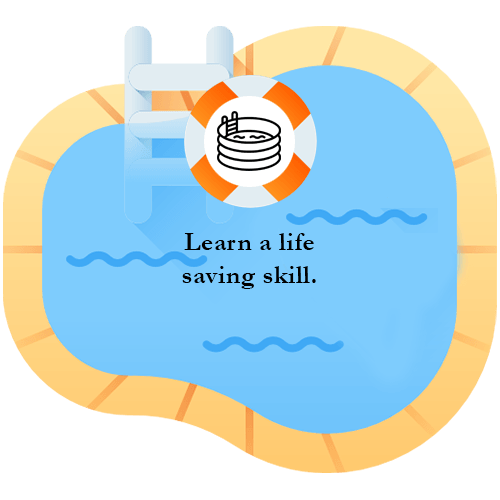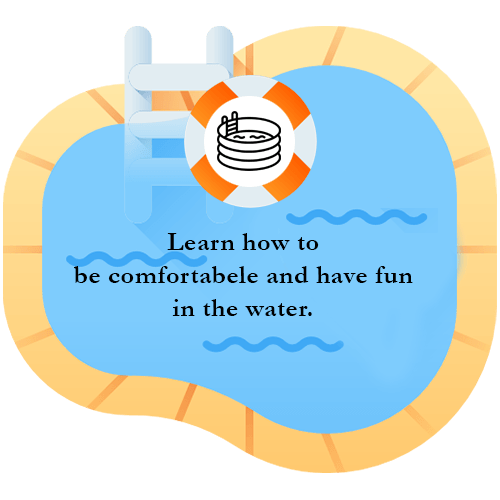Agoura Hills Swim Lessons
Are you scared of the water? Have you had a bad experience or an uncomfortable swim lesson elsewhere? At Swim With Gale, we work with infants, children, teens, and adults, giving them a positive experience while learning life-saving skills. Let us help your family become stronger, safe and happier in the water.
The Benefits Of Swim Lessons With Gale
We Proudly Serve The Residents Of Agoura CA
Our location is only a 10-15 minute drive for most residents. You will take Kanan Road north into Oak Park. Our location is a few minutes east of Kanan Road once you get into Oak Park.
Take A Peek At The Swim With Gale Experience
“We started with Gale in mid May after EVERYONE we knew was currently attending her classes. My son is very scared of the pool and classes. She had him in the water and kicking away by the end of his first session. We are now half way through July and he is swimming. Kicking,blowing bubbles, using his arms, and most importantly gaining confidence in the water every week. I think Gale has a calling for this. I'm grateful to have found her and will be continuing through the summer and returning next. I also want to add my son actually runs to the door to go to swim class. ;)”
Ruthye K.
“Just wanted to take a minute to tell you how happy we are that Leighton is doing so well swimming with you! When her mommy saw the videos from yesterday she cried tears of joy! You are a very special person and a gifted teacher. Look forward to seeing you tomorrow!”
Bonnie
“Gale has changed my life... I spent 25 years of my life unable to swim and frightened to even walk around a pool. With Gale's patience and encouragement, my fears are gone. She always gave me the confidence and reassurance that I've needed. Gale teaches from her home in a warm salt water pool (which definitely helps get you in!). I recommend Gale to anyone of any age. Thank you Gale for all that you do!”
Jasmine A.
Our Certifications & Experience Will Give You Peace Of Mind
Gale has been teaching swim lessons for 40+ years. You read that correctly! She has mostly seen it all and helped many students learn to swim.
Masters Degree in Kinesiology
WSI - Water Safety Instructor
WSI IT - Water Safety Instructor: Instructor Trainer
First Aid/CPR
Lifeguard
Lifeguard Instructor Trainer
People Come To See Us From Far And Near
List of Services
-
○ Oak Park Write a description for this list item and include information that will interest site visitors. For example, you may want to describe a team member's experience, what makes a product special, or a unique service that you offer.
List Item 1 -
○ West Hills Write a description for this list item and include information that will interest site visitors. For example, you may want to describe a team member's experience, what makes a product special, or a unique service that you offer.
List Item 2 -
○ Newbury Park Write a description for this list item and include information that will interest site visitors. For example, you may want to describe a team member's experience, what makes a product special, or a unique service that you offer.
List Item 3 -
○ Agoura / Agoura Hills Write a description for this list item and include information that will interest site visitors. For example, you may want to describe a team member's experience, what makes a product special, or a unique service that you offer.
List Item 4 -
○ Encino / Tarzana Write a description for this list item and include information that will interest site visitors. For example, you may want to describe a team member's experience, what makes a product special, or a unique service that you offer.
-
○ Moorpark Write a description for this list item and include information that will interest site visitors. For example, you may want to describe a team member's experience, what makes a product special, or a unique service that you offer.
-
○ Calabasas Write a description for this list item and include information that will interest site visitors. For example, you may want to describe a team member's experience, what makes a product special, or a unique service that you offer.
-
○ Westlake Village Write a description for this list item and include information that will interest site visitors. For example, you may want to describe a team member's experience, what makes a product special, or a unique service that you offer.
-
○ Malibu Write a description for this list item and include information that will interest site visitors. For example, you may want to describe a team member's experience, what makes a product special, or a unique service that you offer.
-
○ Woodland Hills Write a description for this list item and include information that will interest site visitors. For example, you may want to describe a team member's experience, what makes a product special, or a unique service that you offer.
-
○ Thousand Oaks Write a description for this list item and include information that will interest site visitors. For example, you may want to describe a team member's experience, what makes a product special, or a unique service that you offer.
-
and beyond Write a description for this list item and include information that will interest site visitors. For example, you may want to describe a team member's experience, what makes a product special, or a unique service that you offer.
Located in Oak Park, CA, we maintain a comfortable, 90-degree saltwater pool and customize each lesson to meet your needs.
The Latest From the Swim With Gale Blog
